Long commutes to campus challenge student, faculty timeliness, affects productivity
March 6, 2023
If you’re from Los Angeles, it’s likely you measure distance with time instead of miles. You say the store is two minutes away instead of a mile. You take the 405 freeway, the symbol of traffic, to get to your destination. Archer students, faculty and staff who commute more than 2 hours roundtrip know this better than anyone.
In 2019, the average one-way work commute travel time in the United States was 27.6 minutes. For some members of the Archer community, however, it’s double that time. While those living close to campus can bike, scooter and walk to school, those living further away endure early morning commutes by school bus, car or carpool to arrive before the 8:20 a.m. first period class.
Bus Commuting
In the 2022-2023 school year, students come from 76 zip codes across the Los Angeles area, and those who don’t live within a mile of campus use one of the school’s 10 bus routes. On the routes, students take between five minutes to over an hour to arrive on campus. The furthest routes are from Mar Vista and Ventura — Mar Vista, taking an hour and 20 minutes, and Ventura, taking an hour to arrive at school. However, commutes can be even longer depending on how far the students’ homes are from the bus stop.
“If we have a student that lives in Pasadena, there is no stop at Pasadena,” Director of Security and Transportation Yoshi Wilson said. “You have to drive to the Valley or to the edge of LA to even get a stop, which means you have to get up early because you may have to get on that 6:55 a.m. bus.”
Seventh grader Sarah Mzoughi’s morning begins at 6:12 a.m. She leaves her home at 6:45 a.m. to catch her 7 a.m. bus, which won’t reach Archer for another hour. Mzoughi is no stranger to long commutes, as she used to drive from Inglewood to Palisades during elementary school. Mzoughi said the combination of cross country practice after school and challenging classes has made the travel time difficult to endure each day.
“[My parents] would not let me stay up to do homework past 10, which is [when] I would sometimes be up till, and that’s not really normal for me,” Mzoughi said. “Because, again, I have to wake up at 6 o’clock to get ready for school.”
In the aftermath of COVID-19, there has been a shortage of bus drivers. According to HopSkipDrive, 88% of American schools state their transportation services have been constrained by a bus driver shortage.
Consistent with nationwide trends, Archer’s transportation service, Tumbleweed, has fewer available drivers. As a result, Archer relies on a driver from Paul Revere Middle School to pick additional students from the Brentwood Country Mart stop after he drops off his middle school route.
Additionally, on occasion, buses break down mid-route. With these challenges, Wilson organizes workarounds to ensure students make it onto campus in time.
“[Drivers] hear over the radio that an Archer bus [is] down, and they’re around the corner,” Wilson said. “[When] finished with their drop, they’ll get on the radio saying ‘I can take care of it,’ and they will pick up our girls.”
Faculty and Staff Long Commuting
Faculty and staff can park on campus in their designated parking spot. A majority come from a larger number of zip codes, resulting in longer commute rides.
“I grew up in a suburb in Ohio, so you went to the public school that was in your neighborhoods. You were never more than 5, 10 [or] 15 minutes at max away from school,” English teacher Lauren Sekula said. “But in Los Angeles, it’s always been that way. I’ve always had a little bit of a commute. Brentwood is an expensive area to live, so I live further away because I can’t live in Brentwood.”
Wilson said a number of teachers who qualify to walk to campus choose to park on campus instead, filling the on-campus parking. With a limited number of parking spaces, other staff such as facilities and chefs utilize garden grounds and other makeshift places to park. This school year, no students are allowed to park on campus as there are no available parking spots.
As more than one bus route has hourlong commutes one way and many faculty and staff live outside of Brentwood, long commutes have become routine to the community.
To combat this, some teachers have taken alternative methods to get to school each day. Physics teacher Agustin Pacheco uses the Metro buses to arrive at school, which affects his ability to stay after school each day.
“I’m constrained by the schedule and the [bus] I take — they come every hour,” Pacheco said. “So if I [miss] one, I have to wait another hour.”
Pacheco is one of the faculty and staff who must plan ahead about how late to stay on campus to make it home at a reasonable time. Similarly to Pacheco, eighth-grade science teacher Larisa Carter commutes an hour each morning to campus in a stick shift vehicle, making her back and hips stiff before even arriving at work. Carter gave the example that if her gross salary was x, the apartments in the Brentwood area want 3x in income, and, therefore, finding a place far from Brentwood where she pays x/5 is much more reasonable.
“On my own, I wouldn’t necessarily qualify for an apartment here,” Carter said. “I’ve been teaching for nine years. I’ve been at Archer for six years. The rent is going up every year, and our increases in salary are not going up to match.”
Effects of Long Commutes
Long commutes have become a staple for a number of students. Senior Treasure Brown’s typical after school commute includes two stops on the public bus in addition to traveling on the school bus. Brown said her lowered productivity and tiredness while commuting has prompted her to use her morning commute to sleep.
“After school, I’ll go practice, get on the bus and I wouldn’t get to my mom until 7 o’clock, and that was happening really frequently,” Brown said. “I would find myself going to sleep later and then, therefore, the next day, I was more tired and [had] to sleep for that extra hour that I get on the bus.”
According to Washington Post, individuals with longer commutes tend to sleep less and start the day in a bad mood. While students, faculty and staff will continue to take long commutes, Brown said taking advantage of the time during the ride can make the traveling manageable.
“While the commute is very long … it’s also something that I know I’ll always remember from high school,” Brown said. “I feel like I’ve connected with people on the campus based [on] my bus rides, especially the middle schoolers. I probably would never speak to middle schoolers if I didn’t have them on my bus. They introduced me to their friends and they [ask] me for advice on campus. Something that people usually look at negatively has a lot of positive impacts.”





![Freshman Milan Earl and sophomore Lucy Kaplan sit with their grandparents at Archer’s annual Grandparents and Special Friends Day Friday, March 15. The event took place over three 75-minute sessions. “[I hope my grandparents] gain an understanding about what I do, Kaplan said, because I know they ask a lot of questions and can sort of see what I do in school and what the experience is like to be here.](https://archeroracle.org/wp-content/uploads/2024/03/grandparents-day-option-2-1200x800.jpg)




















































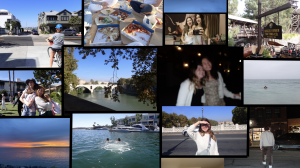


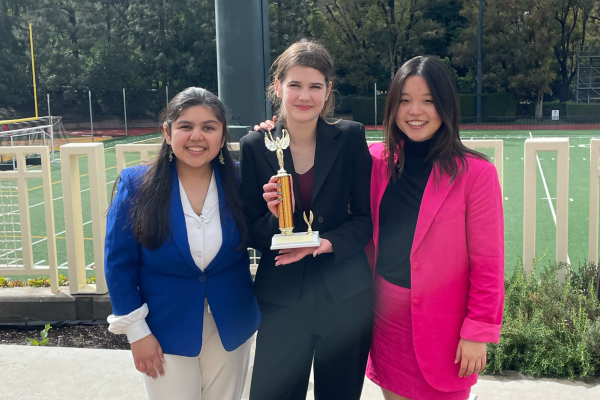


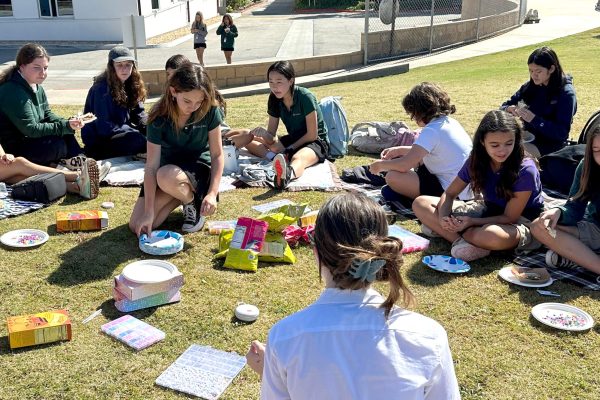

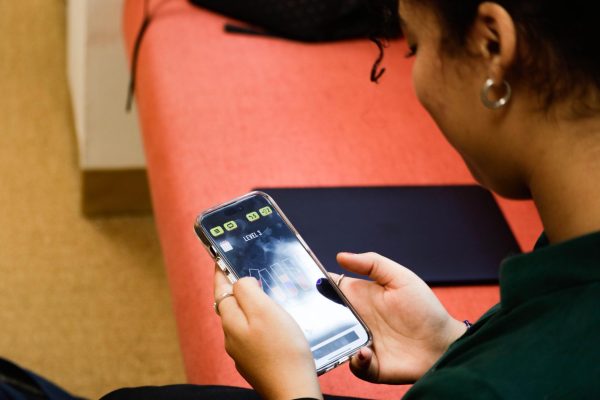
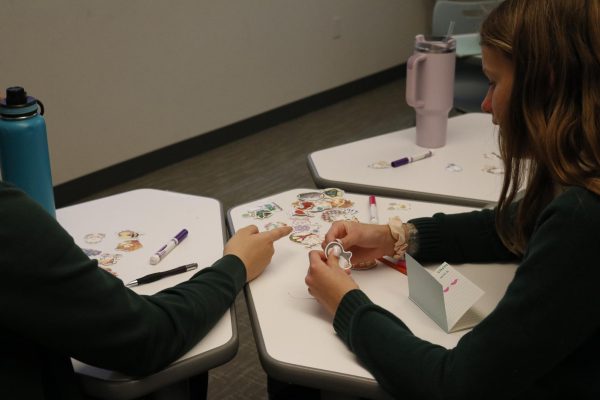

Allie Yang • Mar 9, 2023 at 8:55 am
Maia, this is so incredible! From the multimedia to the in-depth writing, everything about this story conveys so much effort. Your Best of SNO is truly well-deserved.
Leila Chakravarty • Mar 8, 2023 at 3:09 pm
Great read, Maia! I enjoyed learning about our community’s commuting practices from your reporting. Keep it up!